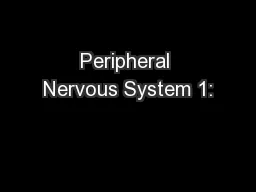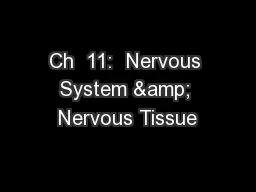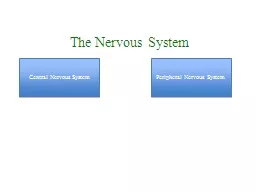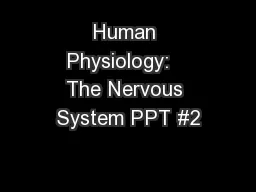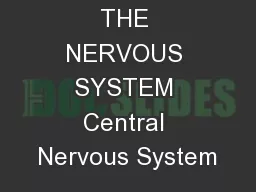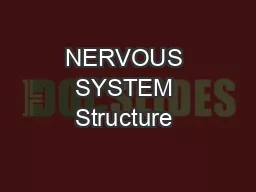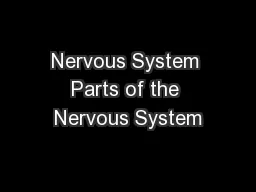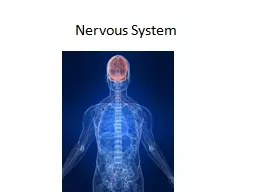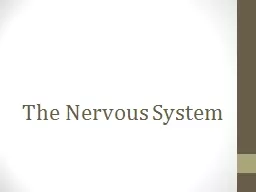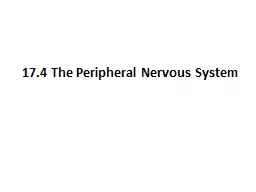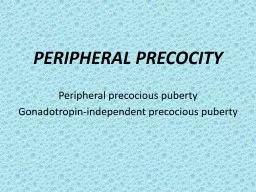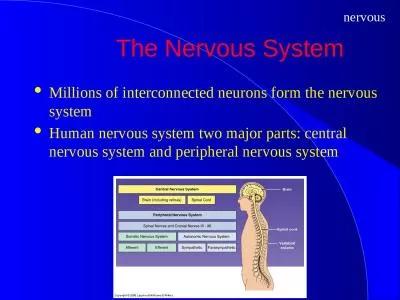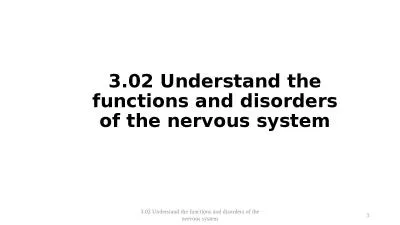PPT-Peripheral Nervous System 1:
Author : myesha-ticknor | Published Date : 2015-11-24
The Somatic System Grants Atlas 12 2009 Lawrence M Witmer PhD Professor of Anatomy Dept of Biomedical Sciences Heritage College of Osteopathic Medicine Ohio
Presentation Embed Code
Download Presentation
Download Presentation The PPT/PDF document "Peripheral Nervous System 1:" is the property of its rightful owner. Permission is granted to download and print the materials on this website for personal, non-commercial use only, and to display it on your personal computer provided you do not modify the materials and that you retain all copyright notices contained in the materials. By downloading content from our website, you accept the terms of this agreement.
Peripheral Nervous System 1:: Transcript
Download Rules Of Document
"Peripheral Nervous System 1:"The content belongs to its owner. You may download and print it for personal use, without modification, and keep all copyright notices. By downloading, you agree to these terms.
Related Documents

